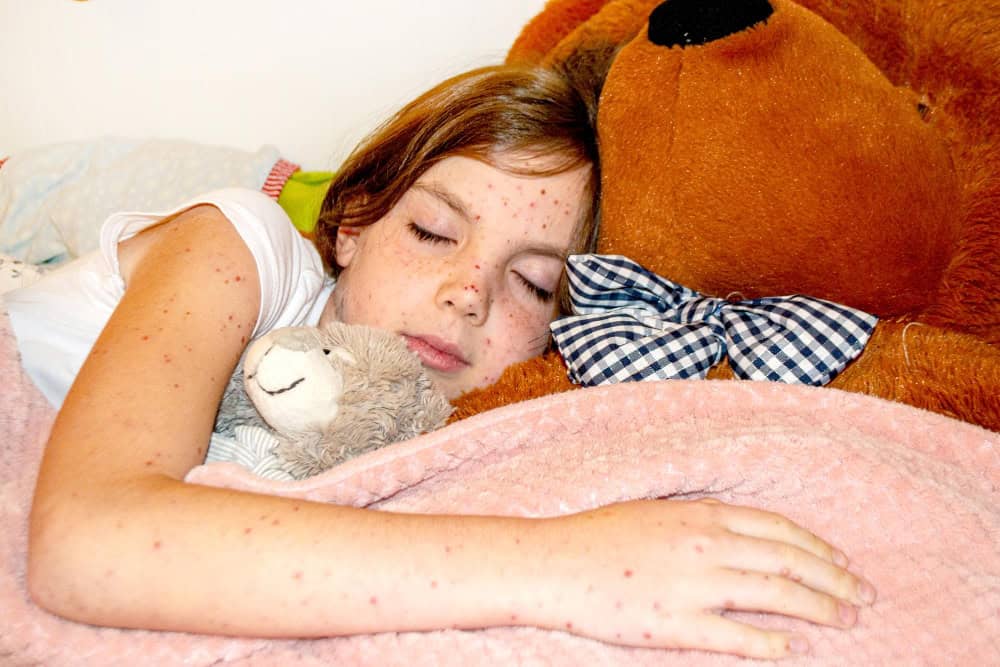What are Measles?
Measles is caused by the measles virus which is spread easily through the air when an infected person sneezes or coughs and someone nearby inhales the infected droplets. It can also be transmitted by direct contact with fluids from the nose or mouth of an infected person.
There are no confirmed cases of measles, in Alaska, at this time.
Signs and Symptoms of the Measles Virus
Prior to the approval of the measles vaccine, measles epidemics usually took place during the late winter and spring. The most recognizable symptom of measles is an extensive red or brownish blotchy rash, although this is not the only symptom.
Symptoms Post-Exposure
Once a child is exposed to and infected with the measles virus, first symptoms will not appear for 8 to 12 days (the incubation period). Infected children tend to be contagious for 1 to 2 days before symptoms finally emerge and 3 to 5 days before the rash breaks out. This contagious period continues for 4 days after the rash appears.
Symptoms Prior to the Measles Rash
Prior to the appearance of the rash, children with measles develop cold-like symptoms, including a cough, runny nose, fever, and inflamed eyes, often called pinkeye (conjunctivitis). These symptoms tend to get worse during the first 1 to 3 days of the illness. In some children, the infection causes pneumonia and in a few, encephalitis (infection of the brain).
The Measles Rash
After a child has been ill for about 2 to 3 days, the rash will finally become visible, first as tiny red bumps that form larger patches of red. The rash usually begins on the face and neck and then spreads to the torso, arms, and legs. It lasts for 5 to 8 days before it begins to go away. Young children with measles may develop other symptoms, including an ear infection, croup, and diarrhea.
What You Can Do
If your child has contracted the measles, keep him home from school or child care. In particular, be sure he stays away from others who may not have been immunized against the disease. As part of your home care, give your child plenty of liquids to drink. Some pediatricians recommend that you treat him with over-the-counter acetaminophen if a fever is making him uncomfortable.
When To Call Your Pediatrician
If your child develops symptoms commonly associated with measles, contact your pediatrician right away. The doctor will want to examine your youngster to diagnose the illness. Discuss with your pediatrician the best way to keep your child from infecting other children and adults that he may encounter in your doctor’s waiting room or elsewhere. If your pediatrician diagnoses measles, your pediatrician will call the local health department, which will take steps to prevent the spread of measles in the community.

